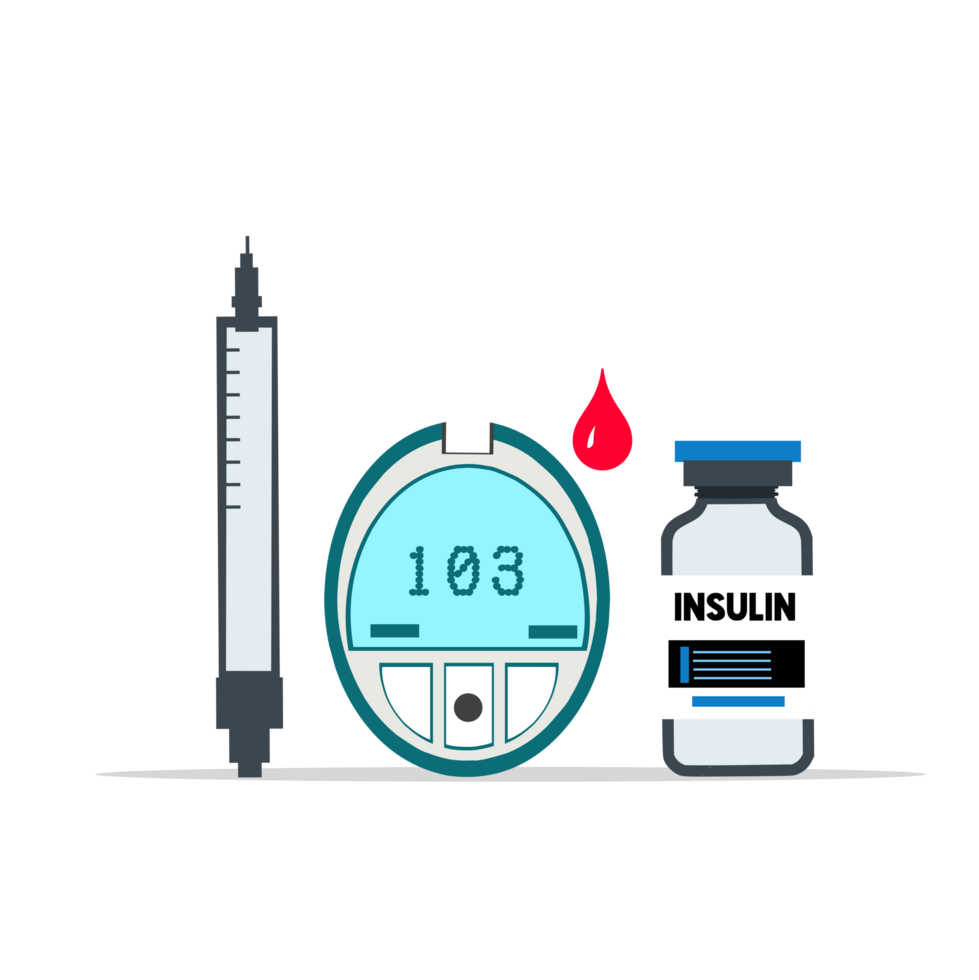
Gestational diabetes is a condition that develops during pregnancy, characterized by elevated blood sugar levels that were not present before conception. It is one of the most common complications affecting pregnant women worldwide, posing potential risks for both the mother and the baby. While the condition often resolves after delivery, its consequences can have lasting effects, including an increased risk of type 2 diabetes later in life.
Understanding What Causes Gestational Diabetes is essential for prevention, early diagnosis, and effective management. This condition arises from a complex interplay of hormonal, genetic, and lifestyle factors, all of which contribute to the body’s inability to regulate blood sugar levels efficiently during pregnancy. In this article, we will delve deeply into these causes, exploring the biological mechanisms, risk factors, and underlying contributors that lead to gestational diabetes. By shedding light on these causes, we aim to provide valuable insights for expecting mothers and healthcare providers to better address this condition.
🔷 Gestational diabetes occurs when the body cannot produce enough insulin to meet the increased demands of pregnancy. Insulin, a hormone produced by the pancreas, plays a vital role in regulating blood sugar levels by helping glucose enter the body’s cells for energy. During pregnancy, the body undergoes significant hormonal and metabolic changes to support the growth and development of the baby. However, these changes can sometimes interfere with the normal functioning of insulin, leading to insulin resistance.
🔷 As pregnancy progresses, the placenta produces hormones such as human placental lactogen (hPL), progesterone, estrogen, and cortisol. These hormones are essential for maintaining pregnancy but can also block the effect of insulin, a phenomenon known as insulin resistance. This resistance ensures that more glucose remains in the bloodstream, providing an energy source for the growing baby. While insulin resistance is a normal part of pregnancy, some women’s bodies struggle to compensate by producing enough insulin, causing blood sugar levels to rise abnormally.
🔷 Another contributing factor is the increased metabolic demands placed on the mother’s body. As the pregnancy advances, the body’s insulin requirements can increase by two to three times. If the pancreas cannot keep up with this demand, blood glucose levels will continue to rise, leading to gestational diabetes.
🔷 Additionally, the distribution of fat during pregnancy can further exacerbate insulin resistance. Excess fat, particularly around the abdomen, releases inflammatory substances that can interfere with insulin signaling pathways. This means that women who are overweight or obese before pregnancy are at a higher risk of developing gestational diabetes.
🔷 It’s also important to note that gestational diabetes doesn’t occur suddenly; it typically develops gradually as the pregnancy progresses, usually around the second or third trimester when insulin resistance peaks. This is why glucose screening is often performed between weeks 24 and 28 of pregnancy.
🔷 In summary, gestational diabetes develops due to a combination of increased insulin resistance caused by pregnancy hormones, an inability of the pancreas to meet rising insulin demands, and additional factors like excess body fat and pre-existing metabolic conditions. Understanding these mechanisms is key to identifying risk factors and taking preventive measures early in pregnancy.
Pregnancy is a time of significant hormonal shifts, and these changes play a central role in the development of gestational diabetes. While hormones are essential for maintaining a healthy pregnancy, some of them can interfere with insulin function, leading to insulin resistance and elevated blood sugar levels.
The placenta acts as a hormone-producing organ during pregnancy, releasing many of the hormones mentioned above. As the placenta grows, hormone production increases, leading to a progressive rise in insulin resistance. This effect usually peaks in the second and third trimesters, which is why gestational diabetes is commonly diagnosed around the 24th to 28th week of pregnancy.
While all pregnant women experience these hormonal changes, not everyone develops gestational diabetes. Genetic predisposition, pre-existing insulin resistance, obesity, and lifestyle factors can determine how strongly these hormones impact glucose regulation.
In conclusion, hormonal changes are a natural part of pregnancy, but their interaction with insulin sensitivity creates a delicate balance. When this balance is disrupted, gestational diabetes can develop. Understanding the hormonal factors behind this condition helps highlight the importance of regular screenings and proactive management during pregnancy.
Genetics and family history play a significant role in determining a woman’s susceptibility to developing gestational diabetes. While lifestyle and hormonal changes are major contributors, a genetic predisposition can increase the risk, even in women who maintain a healthy weight and lifestyle.
While genetic factors cannot be changed, they provide valuable insight into a woman’s risk profile. Knowing about a family history of diabetes or belonging to a high-risk ethnic group can help healthcare providers take a proactive approach:
In conclusion, genetics and family history are powerful predictors of gestational diabetes. While they cannot be modified, understanding their role allows for better prevention, early detection, and tailored management strategies to ensure a healthier pregnancy outcome.

Lifestyle habits and overall health before pregnancy play a significant role in the development of gestational diabetes. Poor dietary choices, lack of physical activity, and excess body weight can all contribute to insulin resistance, increasing the risk of gestational diabetes during pregnancy.
Excess body fat, especially around the abdomen, can interfere with insulin signaling and increase inflammation, both of which contribute to insulin resistance. Women with a high body mass index (BMI) before pregnancy are at a significantly higher risk.
Consuming a diet high in refined sugars, unhealthy fats, and processed foods can disrupt glucose metabolism and insulin sensitivity over time. A lack of fiber, fruits, and vegetables further exacerbates this issue.
Physical activity helps regulate blood sugar levels by improving insulin sensitivity. Women who lead inactive lifestyles before pregnancy are more prone to developing gestational diabetes.
Conditions like polycystic ovary syndrome (PCOS), metabolic syndrome, or prediabetes increase the risk of insulin resistance even before conception.
Addressing these factors through balanced nutrition, regular exercise, and maintaining a healthy weight before pregnancy can significantly reduce the likelihood of developing gestational diabetes.
Age is a significant factor in the risk of developing gestational diabetes. As maternal age increases, so does the likelihood of experiencing complications during pregnancy, including impaired glucose regulation.
Women over the age of 35 are at a higher risk of developing gestational diabetes compared to younger women. This is primarily due to natural physiological changes that occur with age, including decreased insulin sensitivity and a slower metabolic rate. As the body becomes less efficient at using insulin, pregnancy-related insulin resistance can compound this effect, leading to elevated blood sugar levels.
As women age, their pancreatic beta cells, responsible for producing insulin, may become less effective. Additionally, fat distribution tends to change with age, with more fat accumulating around the abdomen—a known contributor to insulin resistance.
Older mothers are also more likely to have pre-existing conditions such as hypertension, prediabetes, or polycystic ovary syndrome (PCOS), all of which further increase the risk of gestational diabetes. Moreover, they may require fertility treatments, which can involve hormone therapies that might affect glucose metabolism.
Younger women typically have more efficient metabolic and hormonal systems, allowing them to adapt more easily to pregnancy-related changes in insulin sensitivity. As these systems naturally decline with age, the risk of metabolic imbalances rises.
In conclusion, while age alone does not guarantee the development of gestational diabetes, it is an undeniable risk factor. Women over 35 planning pregnancy should prioritize preconception health, undergo early screening for gestational diabetes, and adopt healthy lifestyle habits to mitigate risks.
Certain pre-existing medical conditions and medications can significantly increase the risk of developing gestational diabetes by affecting insulin production, insulin sensitivity, or glucose metabolism. Understanding these factors is essential for early detection and management during pregnancy.
PCOS is one of the most common hormonal disorders in women and is closely linked to insulin resistance. Women with PCOS often have impaired glucose metabolism even before pregnancy, making them more susceptible to gestational diabetes.
Women diagnosed with prediabetes or insulin resistance before pregnancy are at an elevated risk. These conditions indicate that the body is already struggling to regulate blood sugar levels effectively, and pregnancy-related hormonal changes can exacerbate this issue.
Chronic hypertension or pregnancy-induced hypertension can increase insulin resistance, putting additional strain on glucose metabolism and raising the risk of gestational diabetes.
Certain medications, such as corticosteroids (used for inflammation or autoimmune diseases), can interfere with insulin sensitivity and raise blood sugar levels. Similarly, some fertility treatments that involve hormone therapies may indirectly affect glucose metabolism.
Both hyperthyroidism and hypothyroidism can affect glucose metabolism and insulin sensitivity, increasing the likelihood of developing gestational diabetes.
Women who have experienced gestational diabetes in a previous pregnancy or delivered a baby weighing more than 4 kg (9 lbs) are at a higher risk in subsequent pregnancies.
In conclusion, pre-existing medical conditions and certain medications can disrupt the body’s ability to regulate glucose effectively. Women with these risk factors should undergo early screening and closely monitor their blood sugar levels throughout pregnancy to reduce the risk of complications.
What Causes Gestational Diabetes is a complex condition influenced by a combination of hormonal changes, genetic predisposition, lifestyle habits, age, pre-existing medical conditions, and certain medications. While pregnancy naturally induces insulin resistance to ensure the growing baby receives adequate glucose, some women’s bodies are unable to compensate with sufficient insulin production, leading to elevated blood sugar levels.
Understanding What Causes Gestational Diabetes is crucial for early detection, prevention, and effective management. Factors such as obesity, poor dietary habits, sedentary lifestyles, genetic susceptibility, and advancing maternal age all contribute to its development.
By addressing modifiable risk factors, such as maintaining a balanced diet, staying physically active, and managing pre-existing health conditions, women can reduce their risk and support a healthier pregnancy. Regular screenings and proactive healthcare play an essential role in identifying and managing gestational diabetes early, ensuring better outcomes for both mother and baby.

At GestationalDiabites.net, we are dedicated to supporting pregnant women navigating gestational diabetes. Our mission is to provide reliable information, practical tools, and a supportive community to help moms-to-be achieve a healthy pregnancy and beyond.
Privacy Policy
Terms of use
Refund Policy
Blog

info@gestationaldiabetes.net
Question or feedback?
We’d love to hear from you
GestationalDiabites.net – Copyright © 2025 .